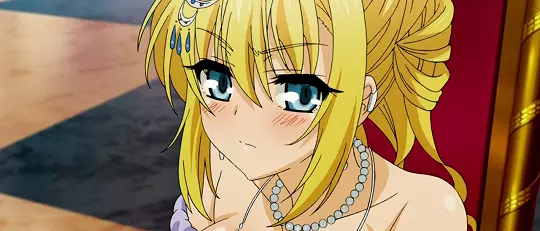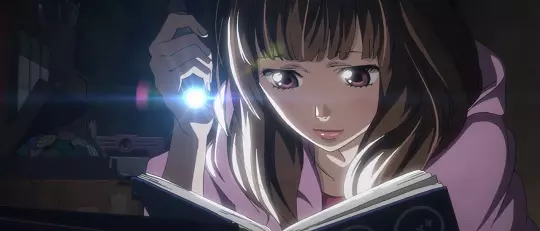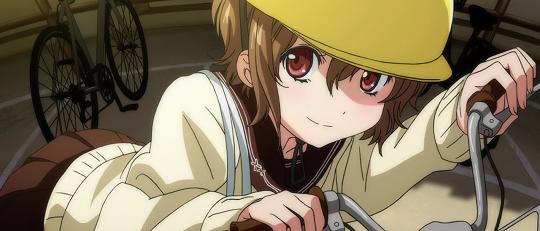A review of the Seikoku no Dragonar anime

There’s a principle in writing drama coined by Anton Chekhov called simply “Chekhov’s Gun”. It’s a straightforward idea with the spirit of it being “don’t include anything unnecessary”; a lot of anime do it anyway as either a hangover from their manga or light novel source material, as a way to entice viewers further than the first episode, or as a misguided attempt to construct a foundation for additional instalments. If that’s Chekhov’s gun, then Seikoku no Dragonar (Dragonar Academy) is Chekhov’s arsenal. It’s frankly staggering how such a multitude of bits of back story and character development are shown but then never utilised again.
evil schemes so laughably ineffective that all they achieved were minor property damage
Daughter of Avalon? Nope. Silvia and Ash’s history together? Nope. Arranged marriage? Nope. Morally ambiguous teacher? Nope. The list goes on and on until by the end you could make a doily out of all of the plot threads that are left hanging. What you do get in Dragonar then is a whole lot of things you’ve seen before but forced together like ill fitting jigsaw pieces. You’ve got the precocious and pink-haired loli from Zero no Tsukaima, the improbable harem of Infinite Stratos and the throw-away fantasy leanings of too many series to name.
Read the rest of this entry
A review of the Denpa Onna to Seishun Otoko anime series
On Plastic Nee-san, Koe de Oshigoto, Binbougami ga! and others
I have a confession to make: I often decide what anime to start watching based on gifs I come across on Tumblr. Which is how I came to watch Plastic Nee-san (Plastic Big Sister).

With thanks to Evangelikon for the gif.
Read the rest of this entry
A review of Senkou no Night Raid




In my three episode preview of Senkou no Night Raid (Night Raid in a Flash / Night Raid 1931) I expressed my concerns over whether the series would sensitively deal with Japan’s questionable activities during that time period. I can safely say that it is all too aware of the feelings evoked by that era and is hyper cautious about stepping on anyones’ toes, perhaps even a little too cautious. For example, when it first aired, the series’ seventh episode was streamed rather than broadcast amidst rumours that the episode’s Japanese point of view on the events around the Mukden incident worried some TV executives.
at ideological odds to the hard scientific and political background the rest of the story has
That should give you an idea of the kind of emotions that, even 80 years later, revisiting 1930’s Japan can evoke. For America it may have been a time of prohibition and organised crime but in the prelude to the Second World War, Japan was embroiled in grand scale military imperialism in and around Korea and China. Buoyed by their successes during the Japan-Qing and the Russo-Japanese wars (the latter of which, bizarrely, was rather covered by the atrocious series Lime-Iro Senkitan), it’s at this turning point that Night Raid starts.
Read the rest of this entry
A review of the movie Hal

There’s a point about two thirds of the way through Hal (Haru) where, during a festival, two fan-bearers are just out of sync with one another during their routine. It’s obviously intentional and though a small touch, it’s indicative of this short, one hour, film as a whole: detail orientated.
Set in the near future, Hal’s plot concerns a care robot taking on the guise of a deceased person in order to help their partner overcome their all-encompassing grief at their passing. The detail then is not only in the sumptuous backgrounds and animation work by Production I.G. but also in the very subtle portrayals of the characters. So every furtive look, every motion is crafted to be as effortless and as natural as possible and to ensure that you’re never drawn out of the delicate story being told.
Please note: the remainder of this post contains very small spoilers for the film.
Read the rest of this entry














